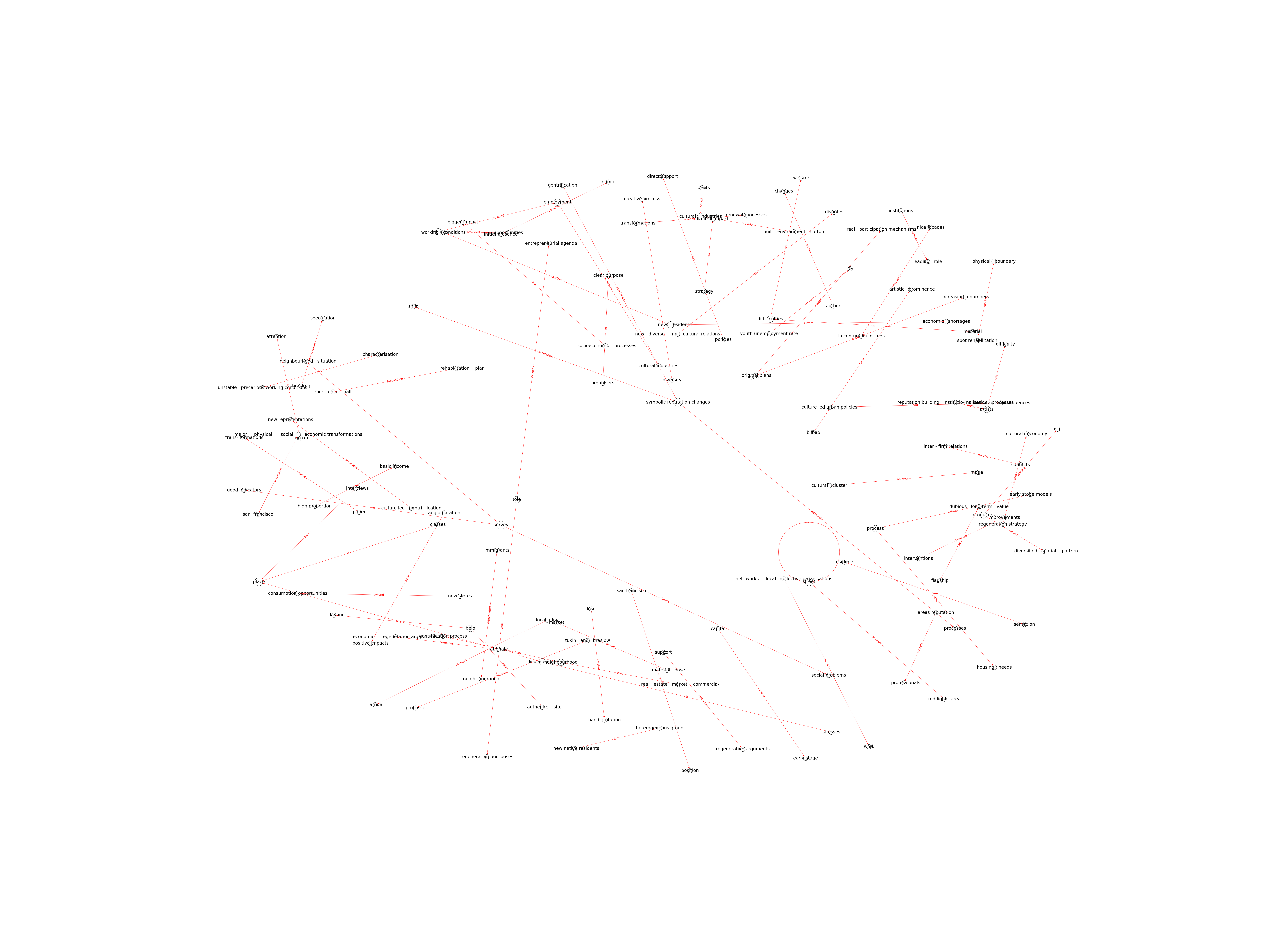| Id | 148 | |
| Author | Gainza, X., | |
| Title | Culture‑led neighbourhood transformations beyond the revitalisation/gentrification dichotomy. | |
| Reference | Gainza, X. (2017) Culture‑led neighbourhood transformations beyond the revitalisation/gentrification dichotomy. Urban Studies, 54(4): 953‑970. |
|
| Keywords | Bilbao; Cultural clusters; Cultural industries; Gentrification; Local identity; Neighbourhood renewal |
|
| Link to article | https://doi.org/10.1177%2F0042098016630507 |
|
| Abstract | In the past 30 years, culture has been used as a means for revitalising neighbourhoods and branding the urban economy. Often, culture-led urban policies have had undesirable consequences in terms of rising rents, displacement of former residents and changes in the economic and retail landscape, i.e. gentrification. However, this process is not univocal, and displacement may not occur while disrupting community life. In this paper the author explore the changes that have occurred in San Francisco, a working-class neighbourhood of Bilbao where the attraction of cultural industries has been used to revitalise the area and change the city image. |
|
| Metodology | The author employ a framework that considers the built form, the cultural cluster organisation and the socioeconomic and demographic changes and we rely on different sources of evidence, including neighbourhood level socioeconomic data, personal interviews and a participatory evaluation, to capture the edges of this complex phenomenon. |
Technique | Interview; Data mining |

Note: Due to lack of computing power, results have been previously created and saved in database


